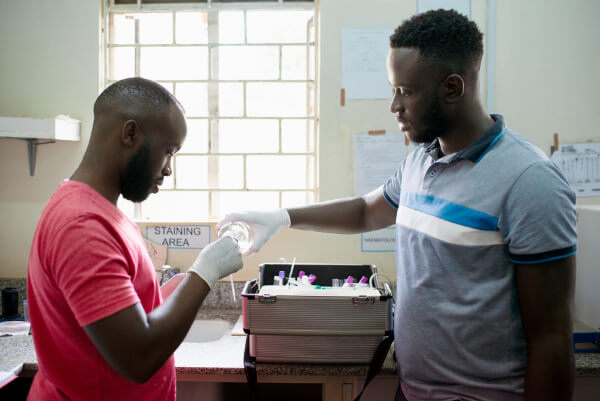There is an unmet global need for effective wound healing. According to statistics from the National Council for Biotechnology Information, World Health Organization and National Institutes of Health, it is a “worldwide pandemic” affecting 6.5 million patients in the U.S. alone costing over $25 billion annually and rapidly growing due to increase in healthcare costs, aging population and sharp rise in obesity and diabetes.
In hospitals alone, 1,000 people per week die due to pressure ulcers. In diabetes patients, 84% of amputations are attributed to open wounds. Unsanitary and/or combat conditions contribute to this, and other factors include immune deficiency and malnutrition.
[To read more of Daniel Rastein’s thought leadership click here]
A wound is defined as a break in the continuity of the skin, caused by traumatic injury such as burn, cut or scrape, exposure to excessive hot or cold temperatures, chemical damage due to acid or alkaline burns or damage by radiation.
In normal settings, prompt treatment will avoid complications such as infection and inflammation. The usual and conservative methods of closing a wound are application of various antibiotics and bandages or alternatively, the wound is closed by surgical procedures of suturing the wounds edges, through grafting cultured skin or by split skin grafts. The aim of all of the above is to promote the growth of granulation tissue that may or may not follow promptly, depending on adequate blood supply bringing into the wound the nutrients that the cells need for growth.
By using similar nutrient media supplements, the milieu in the wound becomes moist and enriched with nutrients capable of supplying all the requirements the cells need to proliferate and grow into the wound space, creating a better environment for healing.
However, if the wound is infected or if the blood supply is insufficient for tissue growth and contamination overcomes the antiseptics, the healing process fails and the wound becomes chronic. This is the case in most hospitals with pressure ulcers, unsanitary conditions or underlying conditions, such as diabetes, venous insufficiency or compromised immune system.
Fortunately, there may be a better way. In a series of pre-clinical and clinical trials, cassderma rx scientists used a formulation containing a serum-free cell culture nutrient medium supplemented with a non-steroidal anabolic hormone to successfully treat atrophic recalcitrant wounds.
This patented serum-free cell culture media supplement supplies the cells in the wound with the nutrients required for the process and physiological activity that promote the entry of glucose into cells, converting it to energy. This energy can be utilized for regeneration of granulation tissues, which is necessary to treat recalcitrant chronic wounds.
For example, surgical procedures designed to heal wounds are only successful when the application of the graft is performed onto viable granulation tissue. Success of the graft take is dependent on the proliferation of granulation tissue, which can be achieved only when an adequate microenvironment is created in the wound. As a result, the viability of the grafted tissue over the wound is limited by the availability of the materials for obtaining success of the take and the healing process.
This supplement is based on human cell culture technology that grows fibroblast and epithelial cells in culture. By using similar nutrient media supplements, the milieu in the wound becomes moist and enriched with nutrients capable of supplying all the requirements the cells need to proliferate and grow into the wound space, creating a better environment for healing.
Currently, the only other option is to keep changing the bandages with the hope of not getting the wound infected. Imagine if wounds could heal faster. Imagine the world of relief for all of those whom are suffering with chronic open wounds. Imagine faster recovery time after a surgery.
[For more on cassderma rx’s approach to Health click here]
As we are in a global pandemic, we should also be aware of other forms of global ongoing struggles. But I am very hopeful and optimistic as the scientific community is making great strides and achievements each and every day towards solutions and cures for our greatest ailments, with the goal of providing a healthier, quality and enjoyable life.













































